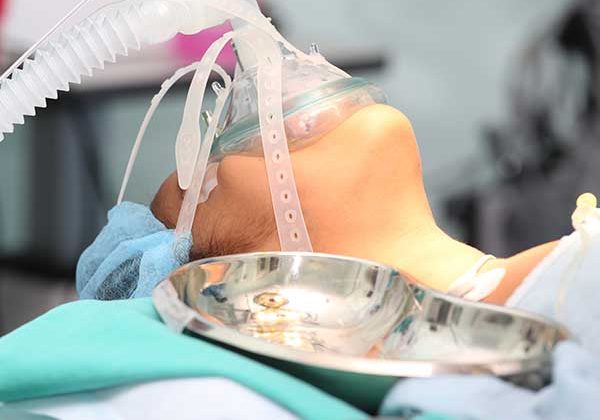Multiple sclerosis: fateful immune cell activation in gut made visible
LMU researchers have shown that auto-aggressive T cells are activated in a specific area of the intestinal canal – and that activation is microbiome-dependent.
Multiple sclerosis (MS) is an inflammatory autoimmune disease of the central nervous system. It is triggered by certain T cells, which infiltrate the brain and spinal cord and attack the insulating myelin sheath around axons. In recent years, researchers have found mounting indications that the gut microbiome plays a substantial role in the activation of these cells. However, the precise location and the underlying mechanisms remained unclear. Using imaging techniques in a mouse model, a team led by Privatdozent Dr. Naoto Kawakami from University of Munich Hospital has now managed to track the microbiome-dependent activation of the cells live – the first time this has been achieved.
For their study, the scientists took an ambitious approach using two-photon imaging for live visualization of the mobility and activation of specific T cells. With a sensor protein, they recorded changes in cellular calcium concentration, allowing them to draw inferences about the activity of the T cells. The encephalitogenic T cells – that is to say, T cells that can cause inflammations in the brain – investigated by the researchers specifically target a protein in the myelin sheath around neurons and play a key role in the development of multiple sclerosis.
Activation in the lamina propria
As the researchers were able to demonstrate, the requisite for activation of these cells takes place in the so-called gut-associated lymphoid tissue (GALT), which is located in the mucous membrane of the gut, more precisely in the lamina propria, a connective tissue layer of the small intestine. However, this only happened when the mice had an intact intestinal microbiome: If the gut was microbe-free, activation did not occur. “Interestingly, activation in the lamina propria seems to be a general mechanism, as even for non-encephalitogenic T cells, which target other molecules in the body, we found that activation depended on the microbiome,” says Kawakami. The scientists hypothesize that the microbiome produces molecules that are recognized by the respective receptors in the T cells and activate the cells in this way.
In encephalitogenic T cells, the activation turns on genes such that they differentiate into so-called Th17 cells, as the researchers successfully demonstrated. Through this differentiation, the cells develop the properties that enable them to migrate into the central nervous system and trigger inflammations. “Our results make an important contribution to better understanding the development of multiple sclerosis and potentially open up new therapy options in the long term,” says Kawakami.
This work was performed in close collaboration with scientists in Max Planck Institute of Neurobiology (currently, Max Planck Institute of Biological Intelligence).
https://www.lmu.de/en/newsroom/news-overview/news/multiple-sclerosis-fateful-immune-cell-activation-in-gut-made-visible.html
Full bibliographic information
Published on 27/07/2023 by Ludwig-Maximilians-Universitaet Muenchen (LMU)
Authors: Bauer IJ, Fang P, Lämmle KF, Tyystjärvi S, Alterauge D, Baumjohann D, Yoon H, Korn T, Wekerle H, Kawakami N.
About: Visualizing the activation of encephalitogenic T cells in the ileal lamina propria by in vivo two-photon imaging. Proceedings of the Nationall Academy of Science U S A. 2023 Jul 25;120(30):e2302697120
DOI: 10.1073/pnas.2302697120. https://www.pnas.org/doi/10.1073/pnas.2302697120
Epub 2023 Jul 19. PMID: 37467267.





